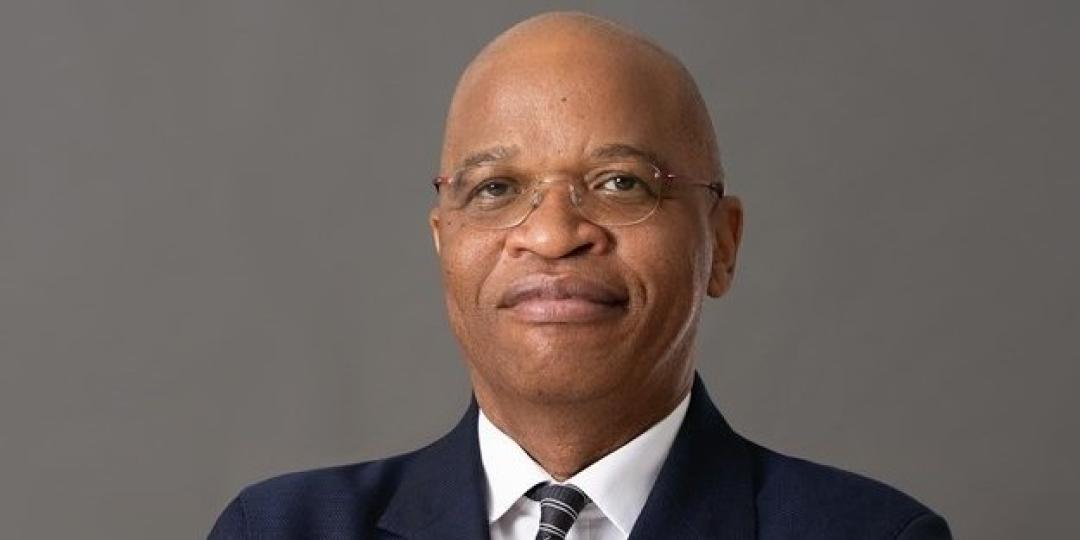After the sale of SAA to Takatso fell through last week, Professor John Lamola, SAA’s Interim CEO, penned an open letter published on Business Day stating that the termination of the deal would not compromise the carrier’s financial position or its operational objectives.
“Since we restarted operations in September 2021, we have had staff in more than 12 countries, are attracting customers from a wide variety of geographies, and deal with suppliers and financial counterparties from multiple jurisdictions. Besides, as the flag carrier, SAA is a national brand that is close to citizens’ hearts. Considering this public corporate profile, we understand the interest and commentaries that have followed the recent announcement that negotiations between the state and Takatso Aviation on the partial privatisation and recapitalisation of SAA have been terminated,” said Lamola.
Lamola goes on to say that much of the negativity surrounding the scrapped sale has been “accompanied by erroneous facts on SAA’s actual financial performance and operational prowess”.
In his capacity as an SAA Director and CEO, Lamola does not believe that Takatso’s expected investment will compromise the carrier in the long term.
“It is business as usual at SAA. The momentum of growth and strategic posture that has driven the business since it emerged from the voluntary business rescue process during the COVID-19 period remains intact. In fact, this new development has re-energised SAA’s workers as it signals a period of certainty.
“Concurrent with the negotiation about this equity transaction over the past two years, SAA’s interim board and management have had to craft an alternative business plan, in line with their fiduciary duty and risk management obligations. This plan, which will now be vigorously rolled out, foresees SAA staying on its trajectory of growth and the attainment of long-term financial sustainability. Our journey, which the 2022/23 financial results will reveal, is one of perseverance and innovation that bears success.”
SAA 2.0
Lamola admits that while SAA’s audited results between 2018 and 2022 are not pleasing, they are reflective of a period during which the airline was in business rescue, which has been defining in its transformation.
“SAA has been resized and repositioned based on a carefully crafted profit-driven operating model and a corruption-busting culture. Hence, we have been talking about ‘SAA version two’ since September 2021. After the news of the termination of the Takatso Aviation transaction, SAA’s wings are steady, propelled by a positive cash position and the absence of interest-bearing debt. This airline runs without even a bank overdraft,” said Lamola.
He added that, as part of the business rescue plan, SAA was allocated R2bn (€97.4m) as working capital for restarting its operations in April 2021. In his letter, Lamola also revealed that the government had a legal obligation as a shareholder to pay R3.5bn (€170.4m) to creditors, but only R1bn (€48.7m) was paid to SAA early last year, which compromised the business rescue plan.
“SAA’s management had to ensure that the business rescue chapter of the history of SAA succeeded and finally closed in August 2023 through innovative cash-generative airline management decisions,” he said.
Lamola referred to an announcement made by Pravin Gordhan, Public Enterprises Minister, upon the termination of the Takatso Aviation transaction. Gordhan noted that from June 2021, SAA’s enterprise value, under new leadership, appreciated from zero to R1bn (€48.7m), and that an “unencumbered property portfolio of R5.5bn (€267.8m) was valorised”.
Looking ahead
“Embedded in the management system is a reliance on launching new routes and aircraft fleet expansion plans from revenues that are generated from the airline operations,” said Lamola.
SAA launched three new routes in 2023 with additional aircraft, bringing the airline’s total routes to 14, including São Paulo, which is the carrier’s first intercontinental route. On April 28, SAA will launch a second intercontinental route to Perth, and it is hoped that more routes will be added before March next year.
“To accommodate these additional routes we are successfully securing additional aircraft from the notoriously risk-averse international aircraft leasing market. This month, we are flying 13 aircraft and are preparing to receive an additional two A320s before June. The goal to operate a total of about 20 aircraft by the first quarter of next year has not been affected by the termination of private equity partner discussions,” said Lamola’s letter.
He noted that SAA’s corporate business plan for the upcoming five years, which its shareholders accepted at the end of last month, charted a course for sustainable growth and measured expansion.
“The plan anticipated the risk of the non-availability of the strategic equity partner’s contribution and elaborated a mitigatory funding plan. Since June 2020, SAA has been plagued by inherent uncertainty in business planning as the private equity partner was expected to take control of the business. Now that there is certainty that SAA will continue to rise with its inbred strength, the full force of the innovation of the airline’s highly experienced management and determined board will be unleashed,” said Lamola.
Through the careful allocation of resources and management of its route network, Lamola is hopeful that SAA can be re-established as a globally recognised airline.
“On behalf of SAA, I assure all our stakeholders that the story of SAA’s recovery, growth and struggle for excellence continues uninterrupted by the collapse of the sale of 51% of SAA to Takatso Aviation,” he concluded.






















